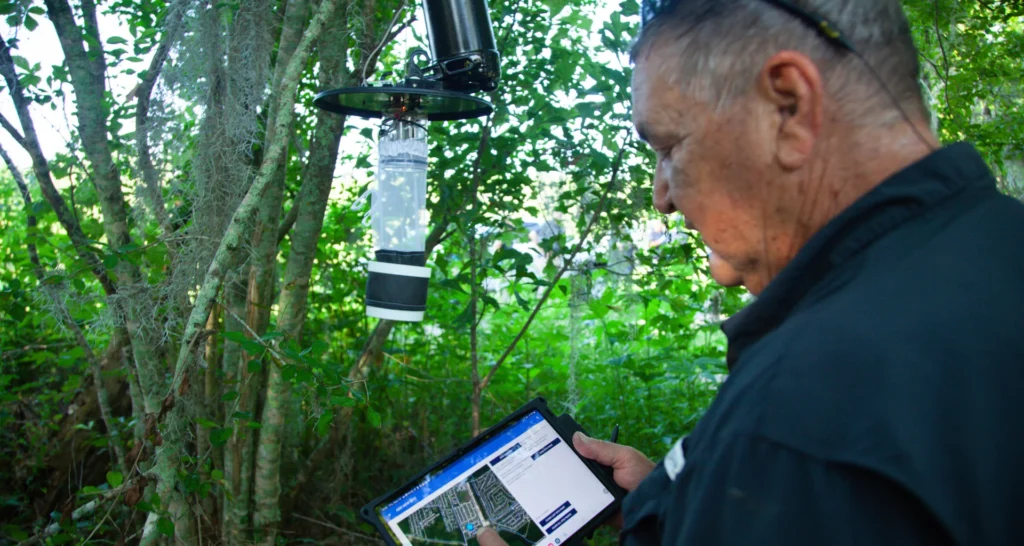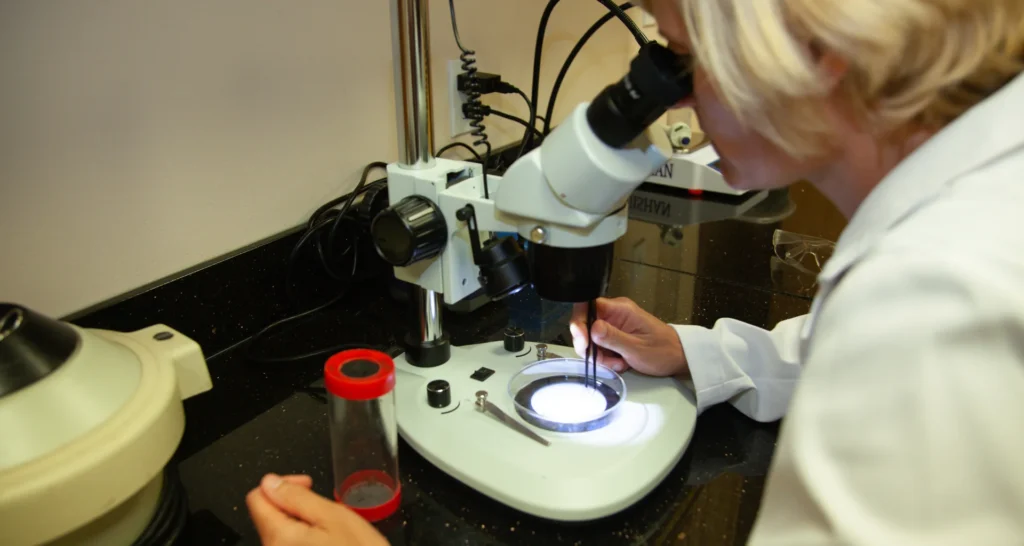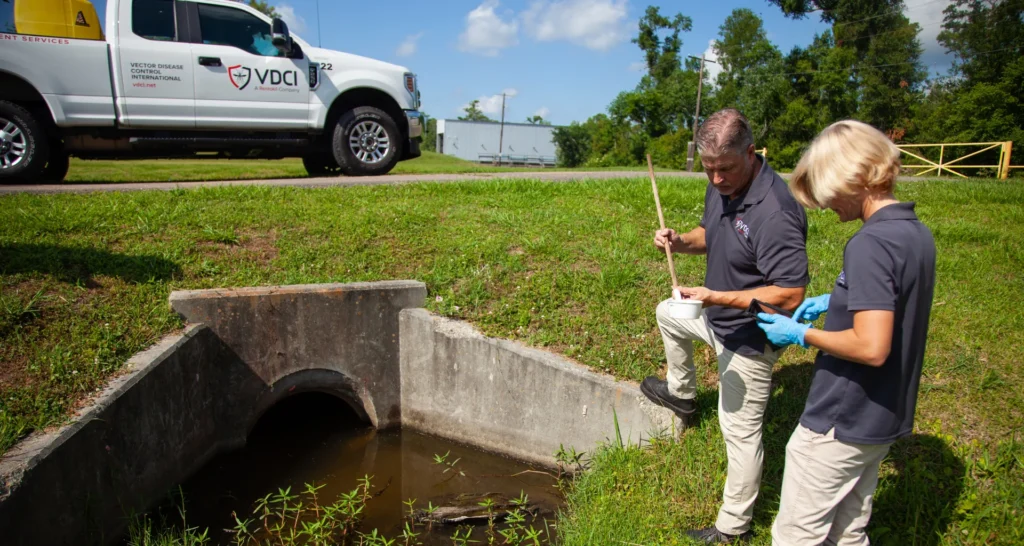Understanding Action Thresholds in Mosquito Management
Mosquitoes are a nuisance and one of the leading vectors of deadly diseases. EPA-registered insecticides are an effective and essential tool as part of an Integrated Mosquito Management (IMM) program and used to combat mosquito populations, but they can be affected by limitations connected to budget constraints, environmental conditions, and insecticide resistance. Mosquito control professionals use action thresholds to meet the management goals of communities and maximize the impact of insecticides when and where they are needed. An action threshold refers to a predetermined level of mosquito, abundance, activity, or disease risk that, when reached, initiates carefully designed intervention procedures. Determining and understanding these action thresholds is crucial to ensure the success of management efforts and efficient collaboration between government entities, public health organizations, and local leaders.
Surveillance data play a crucial role in establishing appropriate action thresholds. Data can be collected and analyzed over time to identify trends and potential challenges, allowing experts to evaluate real-time threat levels.
Mosquito Trapping: Techniques and Tools Used by Experts

Trapping adult mosquitoes is an instrumental part of the process. Experts may utilize a variety of traps, including CDC Light Traps, Gravid Traps, BG-Sentinel Traps, and others, depending on the behavior and reproductive methods of target mosquito species.
Mosquito Lab Analysis: Disease ID and Resistance Testing

Adult species are then brought to a professional laboratory for counting, disease identification, and insecticide resistance testing using CDC Bottle Bioassays.
Larval Monitoring: Data-Driven Decisions in Management

Surveillance also involves larval habitat monitoring and insecticide resistance testing using Larval Cup Bioassays. This data-driven approach helps stakeholders make more informed decisions when setting action thresholds and selecting appropriate management strategies.
How Are Action Thresholds Determined?
As part of an IMM program, professionals monitor mosquito populations, species types, and the presence of disease in the area. Action thresholds serve as guidelines that dictate when and how interventions should be initiated. Thresholds are typically tailored to the objectives of the municipality or mosquito abatement district, but often center around mosquito population numbers or disease concentrations. They can also be adjusted over time based on goals, budget, or other factors. This flexibility helps ensure that management solutions remain effective over time.
Once the predetermined action threshold is met, stakeholders will initiate management efforts. This may involve insecticide applications via Ultra-Low Volume (ULV) sprayers from trucks or backpacks, or from drones and aircraft. If any diseases are identified through laboratory testing, this will be communicated to the public as well as part of the management program. Informing the public about the advantages of professional mosquito control, the importance of personal protective measures, and their role in preventing mosquitoes – such as eliminating sources of standing water – is crucial for the long-term results of management programs.
Assessing Mosquito Management Efforts with VDCI Data
Just as data collection is an essential part of establishing action thresholds, post-application assessments are necessary to evaluate the success of management efforts and determine if further action should be taken. This data may also be used to adjust action thresholds for future events. When partnering with VDCI, stakeholders can access real-time and historical data through VDCI’s proprietary database.
Action thresholds are at the core of successful mosquito management programs. By establishing appropriate thresholds based on population data or disease concentrations, and adapting them over time, stakeholders can limit insecticide resistance, optimize funds and resources, and ensure consistent communication across agencies and organizations.
Contact Us to Build Your Mosquito Management Program:
 Since 1992, Vector Disease Control International (VDCI) has taken pride in providing municipalities, mosquito abatement districts, industrial sites, planned communities, homeowners associations, and golf courses with the tools they need to run effective mosquito control programs. We are determined to protect the public health of the communities in which we operate. Our mosquito control professionals have over 100 years of combined experience in the field of public health, specifically vector disease control. We strive to provide the most effective and scientifically sound mosquito surveillance and control programs possible based on an Integrated Mosquito Management approach recommended by the American Mosquito Control Association (AMCA) and Centers for Disease Control and Prevention (CDC). VDCI is the only company in the country that can manage all aspects of an integrated mosquito management program, from surveillance to disease testing to aerial application in emergency situations.
Since 1992, Vector Disease Control International (VDCI) has taken pride in providing municipalities, mosquito abatement districts, industrial sites, planned communities, homeowners associations, and golf courses with the tools they need to run effective mosquito control programs. We are determined to protect the public health of the communities in which we operate. Our mosquito control professionals have over 100 years of combined experience in the field of public health, specifically vector disease control. We strive to provide the most effective and scientifically sound mosquito surveillance and control programs possible based on an Integrated Mosquito Management approach recommended by the American Mosquito Control Association (AMCA) and Centers for Disease Control and Prevention (CDC). VDCI is the only company in the country that can manage all aspects of an integrated mosquito management program, from surveillance to disease testing to aerial application in emergency situations.

